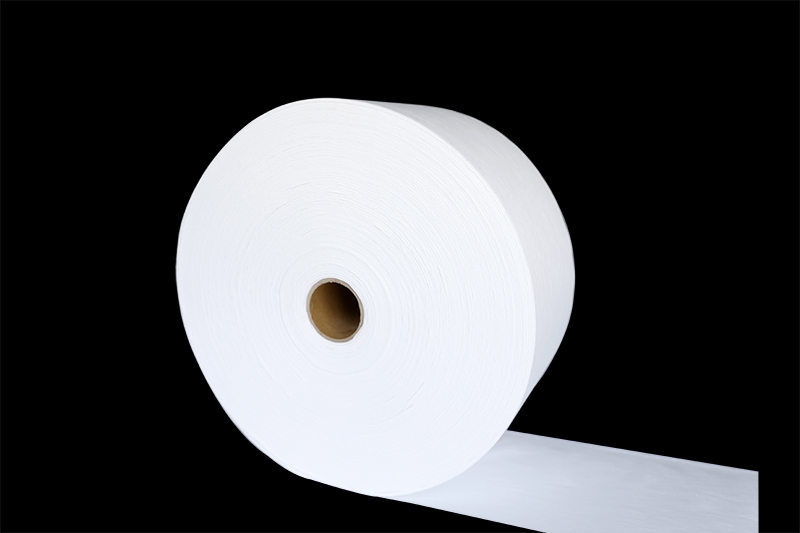Meltblown non-woven fabric Melt-blown non-woven fabrics […]
Meltblown non-woven fabric
Melt-blown non-woven fabrics use polypropylene as the main raw material, and the fiber diameter can reach 1 to 5 microns. These ultra-fine fibers with unique capillary structure increase the number and surface area of fibers per unit area, so that the melt-blown cloth has a good filter It can be used in the fields of air, liquid filter materials, isolation materials, absorption materials, mask materials, thermal insulation materials and wipe cloths.

According to the composition of non-woven fabrics, there are polyester, polypropylene, nylon, spandex, acrylic, etc.; different compositions will have completely different styles of non-woven fabrics. There are many production processes in the manufacture of non-woven fabrics, among which spunbond is one of the non-woven production processes (including spunbond, meltblown, hot rolling, and spunlace. Most of them are currently on the market. Non-woven fabric produced by spunbond method).
Meltblown non-woven fabric
It uses high-speed hot air flow to draft the thin polymer melt extruded from the die nozzle hole, thereby forming ultra-fine fibers and collecting them on the net curtain or roller, and at the same time self-bonding to become a melt-blown method Non-woven.
The production process of melt blown cloth is mainly as follows:
1. Melt preparation
2. Filter
3. Measurement
4. The melt is extruded from the orifice
5. Melt trickle drafting and cooling
6. Netting
The process of meltblown non-woven fabric: polymer feeding --- melt extrusion --- fiber formation --- fiber cooling --- forming a net --- strengthening into cloth.